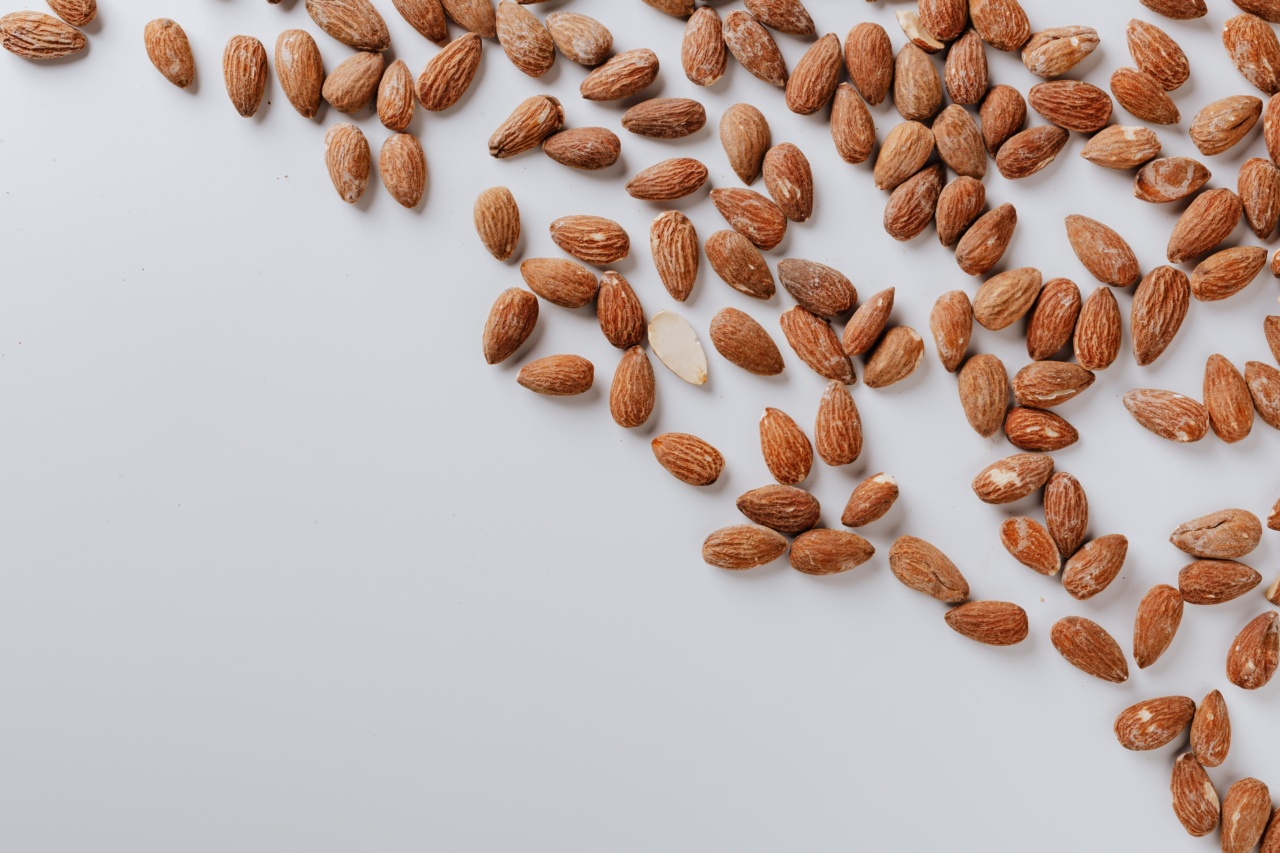Whole grains are a vital part of any healthy diet and are packed with important vitamins, minerals, and fiber.
These complex carbohydrates keep you feeling full and sustained throughout the day and have proven health benefits such as lowering the risk of heart disease, stroke, and type 2 diabetes. In addition to their nutritional value, whole grains also vary in calorie count, making them a useful tool for those counting calories or trying to maintain a healthy weight.
Oats
Oats are a versatile whole grain that can be enjoyed for breakfast or incorporated into a variety of recipes. One cup of cooked oats contains around 166 calories.
Rolled oats, steel-cut oats, and instant oats have similar calorie counts, with slight variations depending on the brand and preparation method. Consuming oats regularly has been linked to lower cholesterol levels and a reduced risk of heart disease.
Brown Rice
Brown rice is a nutritious alternative to white rice and provides more fiber and minerals. One cup of cooked brown rice contains around 215 calories.
Brown rice has a significantly lower glycemic index than white rice, which means it raises blood sugar levels more slowly and can result in better blood sugar control for those with diabetes.
Quinoa
Quinoa is a popular and ancient whole grain that is a complete protein source, meaning it contains all nine essential amino acids. One cup of cooked quinoa contains around 222 calories.
In addition to its high protein content, quinoa is rich in fiber, iron, and magnesium. It has been linked to improvements in blood sugar control and heart health.
Barley
Barley is a chewy and nutty whole grain that is high in fiber and protein. One cup of cooked barley contains around 193 calories.
Barley has been shown to improve cholesterol levels and reduce inflammation in the body, making it a valuable addition to any diet.
Bulgur
Bulgur is a traditional Middle Eastern grain that is used in a variety of dishes. One cup of cooked bulgur contains around 151 calories. It is a good source of fiber, vitamins, and minerals.
Including bulgur in your diet may help improve digestion and promote healthy weight management.
Millet
Millet is a small, round whole grain that is a staple in many cultures. One cup of cooked millet contains around 207 calories. It is a rich source of magnesium and phosphorus and has anti-inflammatory properties.
Millet may also help reduce the risk of certain chronic diseases.
Whole Grain Bread
Whole grain bread is a staple in many diets and can be a healthy source of carbohydrates. One slice of whole grain bread usually contains around 110-130 calories.
The calorie count of bread can vary greatly depending on the type and brand, so it’s important to read nutrition labels when shopping. Choosing whole grain bread over refined white bread can help improve overall health and reduce the risk of chronic diseases.
Whole Grain Pasta
Whole grain pasta is a healthier alternative to traditional white pasta and provides more fiber and nutrients. One cup of cooked whole grain pasta usually contains around 174-200 calories, depending on the brand and variety.
Switching to whole grain pasta may help with weight management and reduce the risk of chronic diseases.
Wild Rice
Wild rice is a rich source of antioxidants and essential vitamins and minerals. One cup of cooked wild rice contains around 166 calories.
It is a good source of protein and fiber and may help with weight management and reduce the risk of chronic diseases.
Sorghum
Sorghum is a whole grain that is used in a variety of foods, from breakfast cereals to snacks. One cup of cooked sorghum contains around 316 calories.
Sorghum is a rich source of antioxidants and has been linked to lower blood sugar levels and improved heart health.






























